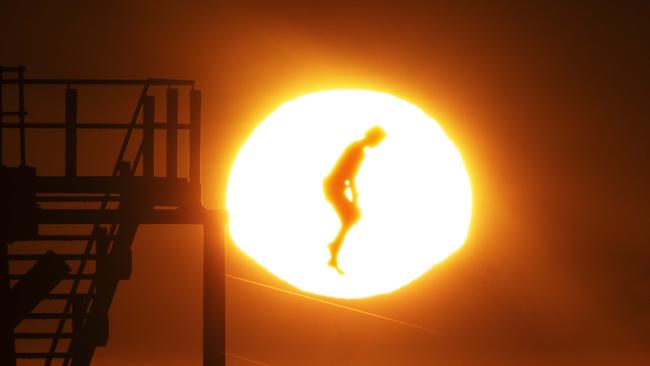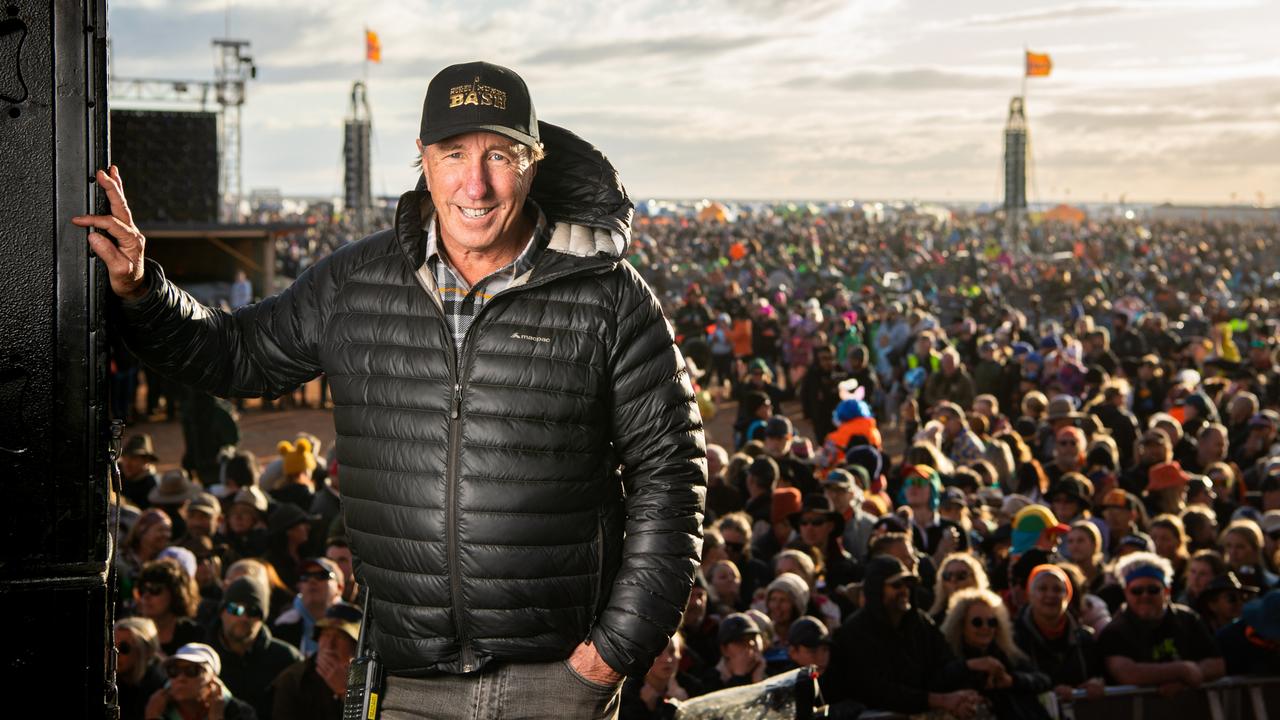Bowness Photography Prize: Trent Parkes’ image from “Species”
Carl Sagan, the great American astronomer, was fond of pointing out that our bodies are “made of star-stuff”. It’s literally true.

Carl Sagan, the great American astronomer and science communicator, was fond of pointing out that our bodies are “made of star-stuff”. It’s literally true. The iron atoms in the blood coursing through our arteries, the calcium in our bones and teeth, the oxygen and nitrogen and carbon in the neural architecture of our brains that flickers with our thoughts: all of those elements were created inside stars that lived and died long before our own solar system came into being.
Stars are the factories of the cosmos: they’re the means by which hydrogen – the simplest, most abundant element – is turned into other more complex elements, through the process of nuclear fusion that powers stars during their lifetime, and through the cataclysmic explosions known as supernovas, which is how the big ones die. Since the birth of the universe 13.7 billion years ago there have been many generations of stars, each one composed in part from the remains of previous stars – an endless recycling of material. Around 4.6 billion years ago our own solar system formed, and a couple of hundred thousand years ago Homo sapiens arrived on the scene, our bodies assembled from the same cosmic rubble. That’s what Sagan meant. “The cosmos is within us,” he said. It’s a mind-blowing thought, isn’t it?

Now feast your eyes on this image from the Bowness Photography Prize. It’s from Trent Parke’s new series Species, an artistic exploration of the relationship between the human race and the Sun, our neighbourhood star. Isn’t it wonderful how he has taken an everyday suburban subject – a person jumping off a jetty at the end of a blistering summer’s day – and created an otherworldly image that hints at a foetus, or an egg, or… well, what is he getting at? “I’m looking at the human race as a species in the vastness of the universe, and how we’re just a blip in the lifetime of that universe,” he says.
Shooting directly into the Sun with a long lens – the end of the jetty was 700m away – presented many challenges, particularly with exposure and timing. “I spent all of last summer trying to get this shot, and everything finally came together in this image,” says the amiable 53-year-old from Adelaide. “It was 1/2000th of a second, but three months in the making.”




To join the conversation, please log in. Don't have an account? Register
Join the conversation, you are commenting as Logout